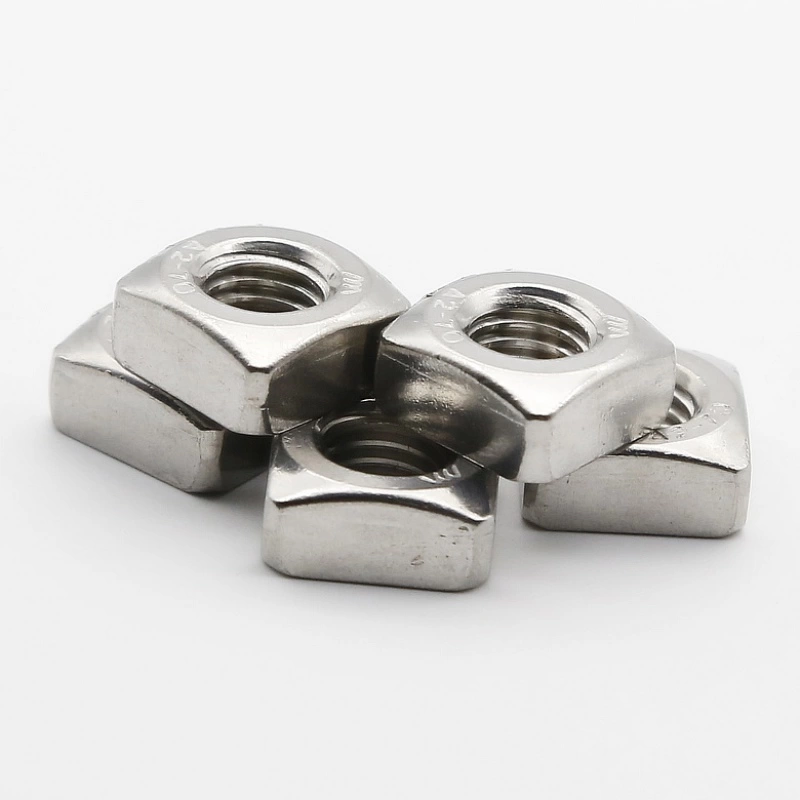

end clamp and mid clamp
Des . 13, 2024 03:51 Back to list
end clamp and mid clamp
Understanding End Clamp and Mid Clamp in Structural Engineering
In the realm of structural engineering, the concepts of end clamps and mid clamps are essential components when it comes to mounting solar panels, securing cables, and ensuring the overall integrity of various structures. These clamps play a crucial role in providing stability, durability, and safety to installations, and understanding their functions can significantly enhance project outcomes.
What Are End Clamps and Mid Clamps?
End clamps and mid clamps are specialized fittings designed to secure materials in place. Focused primarily on solar panel installations, these clamps are pivotal in holding panels firmly to mounting rails or similar structures.
- End Clamps As the name suggests, end clamps are utilized to secure the outer edges of solar panels. These clamps are positioned at the ends of the panel row, ensuring that the panels are securely anchored and resistant to wind uplift and lateral movement. The design of end clamps is typically robust, allowing them to withstand various environmental forces while maintaining a tight grip on the panels.
- Mid Clamps In contrast, mid clamps are employed between solar panels, acting as support systems that hold the panels tightly together. These clamps not only ensure that there is minimal movement between adjacent panels but also assist in balancing the load across the entire array. Mid clamps are crucial for maintaining uniform spacing and alignment, which is essential for optimizing the performance of solar systems.
The Importance of Clamping Systems
The use of both end clamps and mid clamps is paramount in installation processes. A well-designed clamping system contributes to the overall effectiveness of solar panels or any structural arrangement. Here are several reasons why these clamps are vital
1. Stability and Safety Both end and mid clamps provide essential stability, preventing potential shifting or damage during high winds or seismic activity. By securing panels firmly, these clamps enhance the safety of the installation, protecting both the system and surrounding infrastructure.
end clamp and mid clamp

2. Efficiency in Installation The integration of end and mid clamps simplifies the installation process. With user-friendly designs, installers can quickly and efficiently set up solar arrays. This efficiency results in reduced labor costs and shorter construction timelines, contributing to overall project efficacy.
3. Enhanced Longevity High-quality clamps are often made from durable materials such as aluminum or stainless steel, ensuring they withstand corrosion and adverse weather conditions. By using reliable clamps, installations benefit from increased longevity, reducing the need for repairs or replacements.
4. Optimized Performance Properly secured solar panels ensure optimal performance. With minimal movement and consistent alignment, energy generation efficiency is maximized. Clamps play a key role in maintaining the necessary orientation of panels, which is critical for solar exposure.
Selecting the Right Clamps
When it comes to selecting end and mid clamps, engineers and installers must consider several factors
- Material Quality Choose clamps made from corrosion-resistant materials to ensure durability. - Load Capacity Ensure that the clamps can withstand the specific loads expected for the installation. - Compatibility Verify that the clamps are compatible with the type of solar panels and mounting systems being used. - Ease of Installation Opt for clamps that facilitate straightforward installation while ensuring that they provide robust support.
Conclusion
In conclusion, end clamps and mid clamps are integral components in structural engineering, particularly in solar panel installations. Their roles in providing stability, enhancing safety, and ensuring efficiency cannot be overstated. By understanding the features and advantages of these clamps, engineers and installers can make informed decisions to optimize their projects. As the demand for renewable energy sources continues to rise, the significance of reliable mounting systems featuring end and mid clamps will only grow, highlighting the need for innovation and excellence in engineering practices.
Latest news
-
Premium Fasteners Manufacturer | AI-Driven Solutions
NewsAug.01,2025
-
Hot Dip Galvanized Bolts - Hebei Longze | High Strength, Corrosion Resistance
NewsAug.01,2025
-
High-Strength Hot Dip Galvanized Bolts - LongZe | Corrosion Resistance, Custom Sizes
NewsAug.01,2025
-
Best Self Tapping Screws for Drywall - Fast & Secure Installation
NewsJul.31,2025
-
High-Strength Hot Dip Galvanized Bolts-Hebei Longze|Corrosion Resistance&Customization
NewsJul.31,2025
-
Hot Dip Galvanized Bolts-Hebei Longze Metal Products|Corrosion Resistance&High Strength
NewsJul.31,2025

